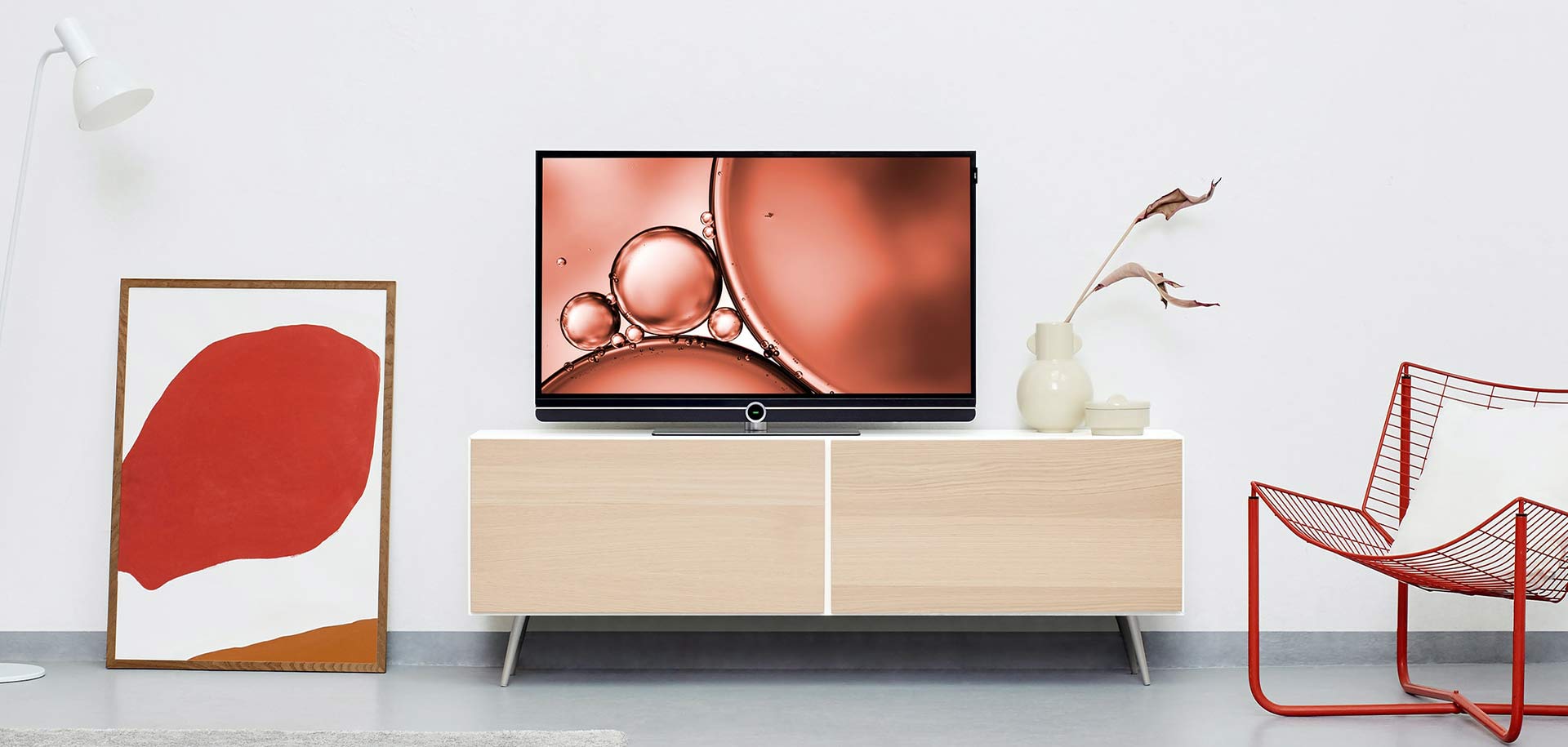With the popularity of high-definition televisions and the decreasing prices for flat panels over the years, plasma displays have won widespread favor in homes and offices alike. From video conferencing to home theaters, plasmas have long been the choice for big-screen viewing. But despite their rapid fame and proven picture quality, there are still numerous misconceptions surrounding image quality and performance.

Consumers first became enamored of plasma displays when Philips launched their 2002 flat panel ad campaign. Since then, significant reductions in price have increased their demand, replacing rear-projection and CRT televisions. But despite advances in technology, rumors still persist regarding burn-in, delicacy of installation, ghosting and longevity.
History & Functionality
Although plasma displays were virtually unheard of until the ’90s, their history takes us back to the ’60s. It was at the University of Illinois at Urbana-Champaign in 1964 that the first plasma display was invented. Originally used in PLATO computer terminals and monochrome video displays, it would be nearly 30 years before Fujitsu would develop the first full-color plasma display.
The 1990s saw a dramatic increase in interest in plasma displays thanks to advancements in technology. “Plasma displays are made of a grid of tiny gas-filled chambers. They’re called “plasma” displays, because in making the light that forms pictures, the gas in tiny chambers is electrified and changed to ‘plasma state,'” according to Fujitsu. “We’ve all seen how neon lights’ pure, vivid colors attract our gaze. Their color varies by the kind of phosphor coating the inside of the glass tube. Imagine shrinking millions of red, green and blue neon lights to the size of less than a millimeter each – and then arranging them in a grid the size of a large TV screen. Next, imagine simultaneously controlling the individual brightness of each one of those lights, relative to all the others, precisely as directed by a video signal.” The result is the ability to create a much thinner display with superior color range, brightness and rich blacks for superb contrast. Combine that with ultra high resolution, excellent brightness and a wide viewing angle, and the result is one of the greatest advancements in television history.
Weighing the Benefits & Debunking the Myths
Uses
Plasma displays offer the ultimate in flexibility. Use them as computer monitors, home theater displays, video conferencing, or even retail displays. Despite the misconception that plasmas are delicate and must be installed by an experienced technician, they are actually composed of two panels of extremely durable glass. And many are opting to do the installation work themselves.
When it comes to office use, plasmas also offer a superior image in both low light and ambient lighting conditions, making it ideal for meetings, video conferencing and presentations. Their wide viewing angle (160 degrees) also makes it possible for those sitting along the sides to view a clear picture. The only caveat is use at high altitudes, such as airplanes, due to the effects of the air pressure on the compressed gases within the display. Although, some manufacturers are working on models to combat this.
Imagery
Plasma displays have come to be the unbeatable standard in photorealistic electronic imagery. Offering not only a full range of colors, but also rich black colors to create exceptional contrast and depth. According to Panasonic, “Plasma HDTVs have been able to achieve deep black levels for almost a decade, in some cases approaching and even equaling those of professional-grade CRT monitors (.1 to .2 nits). In contrast, LCD HDTVs range from a low of .5 nits to over 1 nit, which is five to ten times lighter than plasma.”
Burn-in, Ghosting & Life-Span
Despite the popularity of plasma displays and their wide usage, concerns still percept about burn-in or ghosting effects caused by displaying a static image on the screen for too long which in effect damages the pixels causing them to glow less intensely than surrounding undamaged pixels. For example, leaving a television on one channel that displays their logo in the corner or watching a news, stock or sports program that displays a constant ticker tape bar at the bottom have been known causes of burn-in. But over the last several years, manufacturers have taken great strides to considerably lengthen the time it would take for burn-in to take effect by making the green phosphors more resilient as well as adding features to insure even phosphor aging such as white scrolling bars, screen reversal, adjusting side panels (from viewing 4:3 format), and more.
Unlike burn-in, ghosting can appear if pixels are running at optimal brightness for extended periods of time. But simply displaying solid gray on the screen or shutting off the display for a time period can correct it.
The lifespan of plasmas has also increased. In the past, there was a misconception that the ‘plasma’ had to be replaced every couple of years. But these days, the average lifespan of a plasma display is 55,000 to 65,000 hours. Even if you utilized it 8 hours a day every single day of the year, that would equate to 20 years of use!


